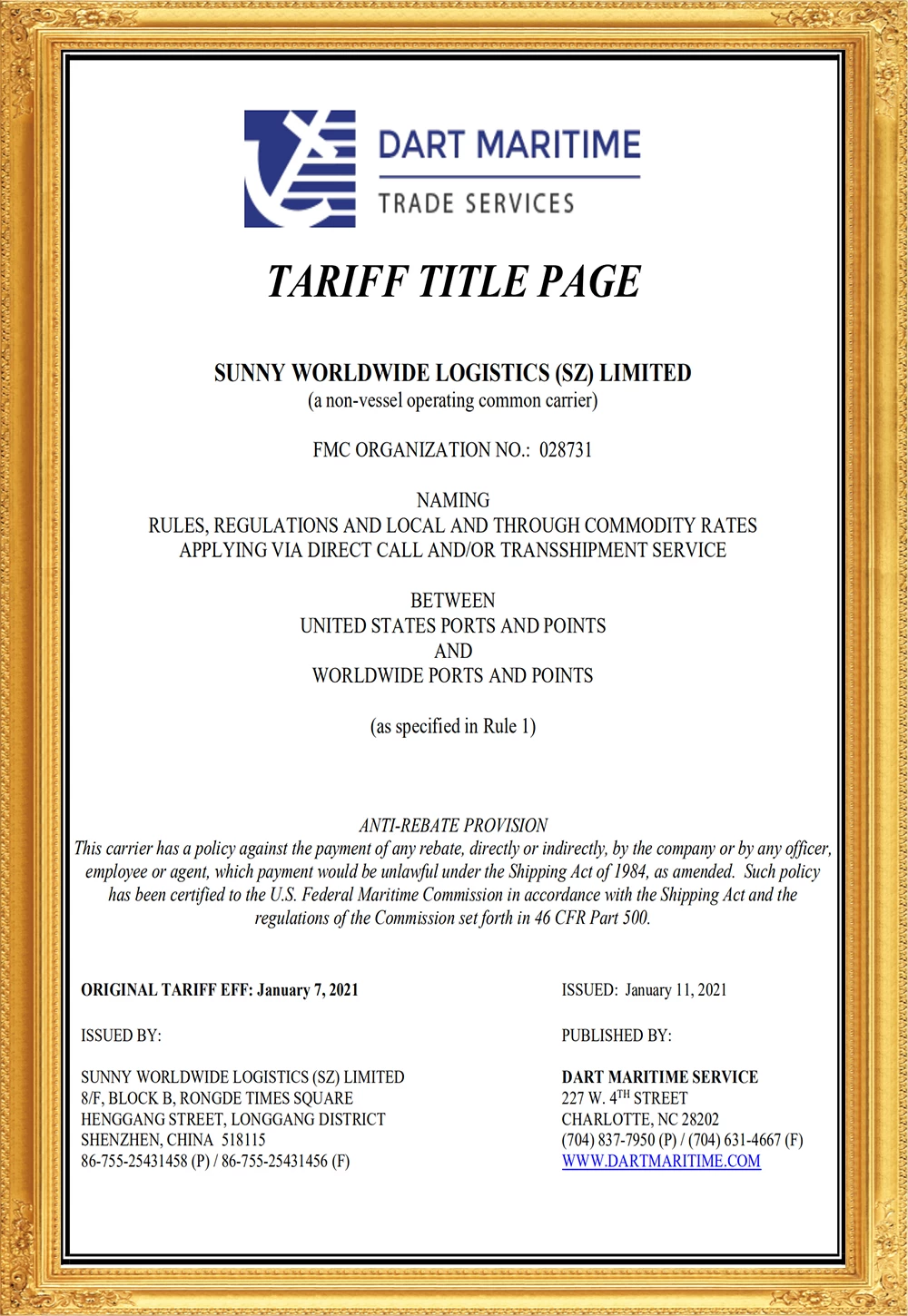Freight rates continue to decline, is it temporary? Or a harbinger of weak demand?
Spot freight rates on major routes are still on a downward trend. This week, Xeneta's XSI, Drewry's WCI and the Baltic Sea Freight Index (FBX) showed that rates on the Asia-Europe and trans-Pacific routes were either down or unchanged from last week.
On the Asia-Europe route, the Drewry WCI index was at US$9,784/TEU, unchanged from last week; the FBX index was at US$10,643/TEU, down 1% compared with last week; Ningbo Containerized Freight Index (NCFI) reported It is said that due to the limited demand for freight, the loading rate of the European route has not performed well recently. Under pressure, some liner companies have voluntarily lowered the freight rate to strengthen the collection of goods, and the spot market booking price has fallen. The freight index of European routes was 4141.8 points, down 3.7% from last week.
On the trans-Pacific route, the Asia-Western part of the United States, the Drewry WCI index showed a decline of 3% to $8,378/FEU; the FBX index showed a decrease of 4% to 9195/FEU. In Asia to the East, the WCI index was unchanged at $10,695/FEU; the FBX index fell 1% to 11,784/FEU.
NCFI said that the freight rates of the US east and US west routes have declined to varying degrees. Among them, the demand for transportation on the US-West route has not improved, the supply of space is sufficient, and the price of spot market bookings has fallen further. The freight index of the US-West route was 4376.9 points, down 6.2% from last week; the freight index of the US-East route was 3404.6 points, down 0.9% from last week.

In fact, based on vessel arrivals and total manifests, the Port of Los Angeles signal forecast shows that only 12 vessels are scheduled to arrive at port this week, totaling 69,363 TEU, a 41% decrease compared to the same period last year.
The analysis said that this may be temporary, or it may be a precursor to weak demand.
If European and North American consumer demand does weaken significantly, shipping companies will support freight rates by canceling more sailings. Congestion problems at major container ports in northern Europe, however, will have the same effect due to extended dwell times for imported cargo, with delays in round-trip voyages delaying scheduled sailings.
In addition, a new trade forecast shows a slowdown in global freight volumes that will continue into next year. Global Trade Analytics Suite (GTAS) forecasts that global container traffic will fall by 1.7% year-on-year in 2022 to 165.4 million TEUs.
The slowdown in global freight volumes can also be seen in a review of the market by the Container Trade Statistics (CTS). Freight volumes through April this year were down 3.6% from a year earlier, CTS data showed. Following a 1.4% increase in January, global freight volumes fell for the next three months, falling 9% in April alone.
Niels Rasmussen, chief shipping analyst at maritime trade association BIMCO, said signs of weaker cargo volumes were becoming more apparent, especially in Europe, as the global economy slowed.
Rasmussen noted: “In Europe and the Mediterranean region, reported levels of consumer confidence are the second lowest on record. In the US, retail sales have been very stable from April 2021 to March 2022. However, it seems plausible that low levels of consumer confidence will eventually hurt retail sales, especially if interest rates rise."
The Fed announced last week that it would raise its benchmark interest rate by 0.75%, the largest rate hike in 28 years. U.S. inflation has risen to the highest level since the 1980s.























